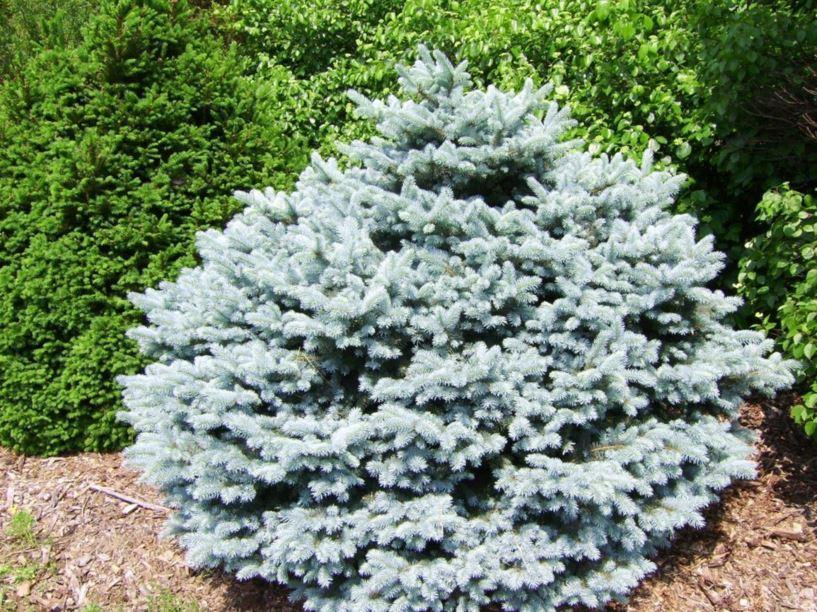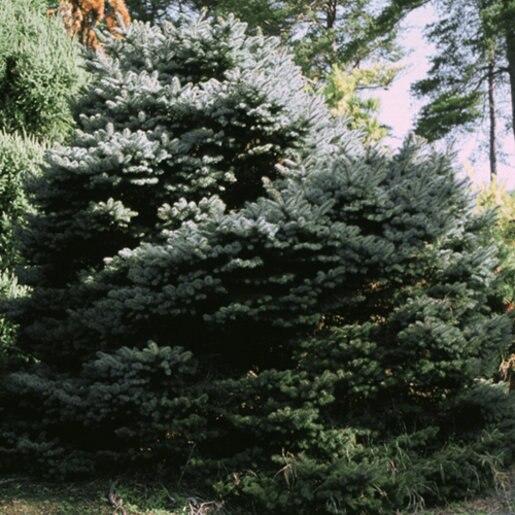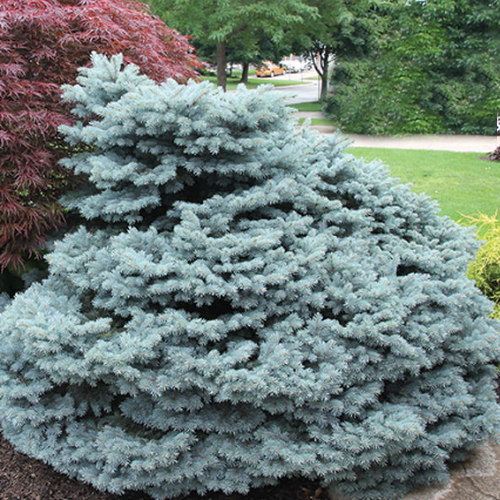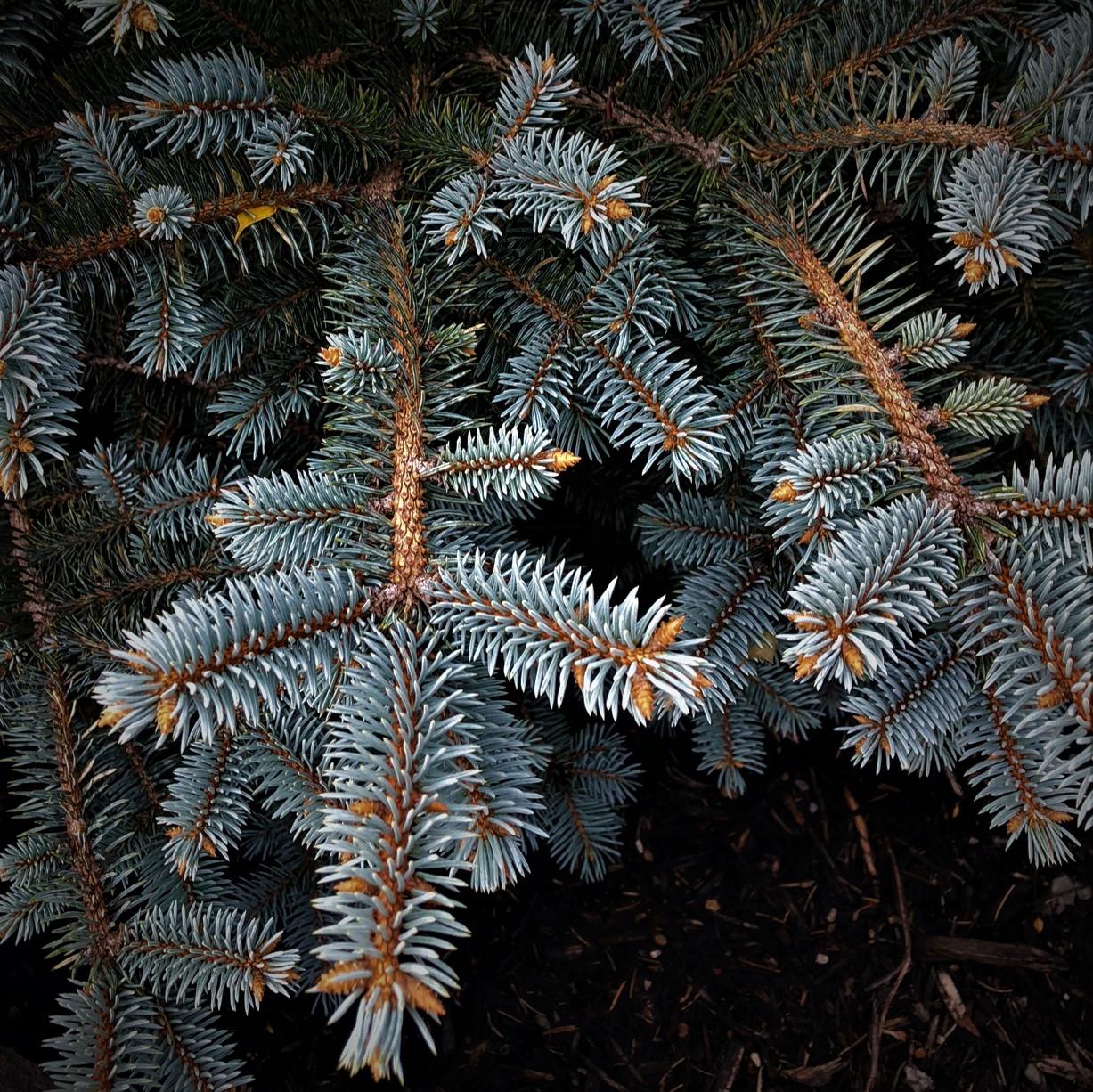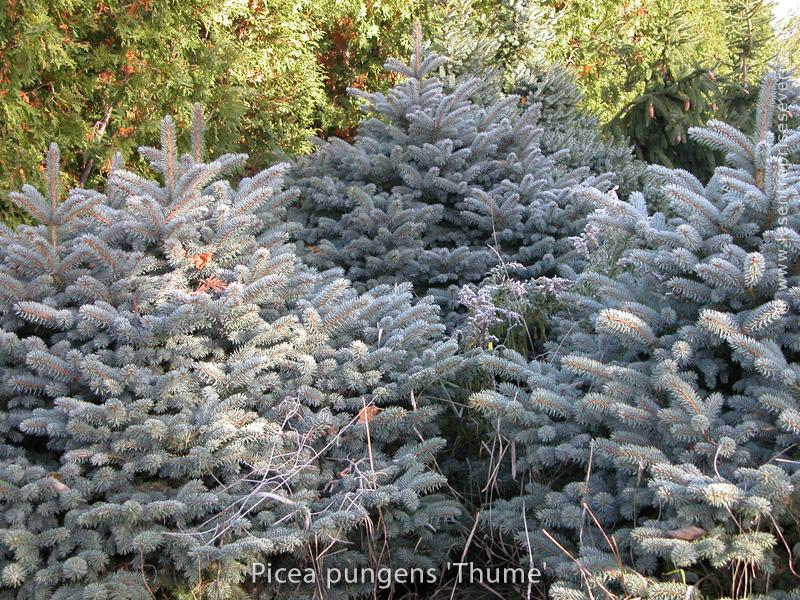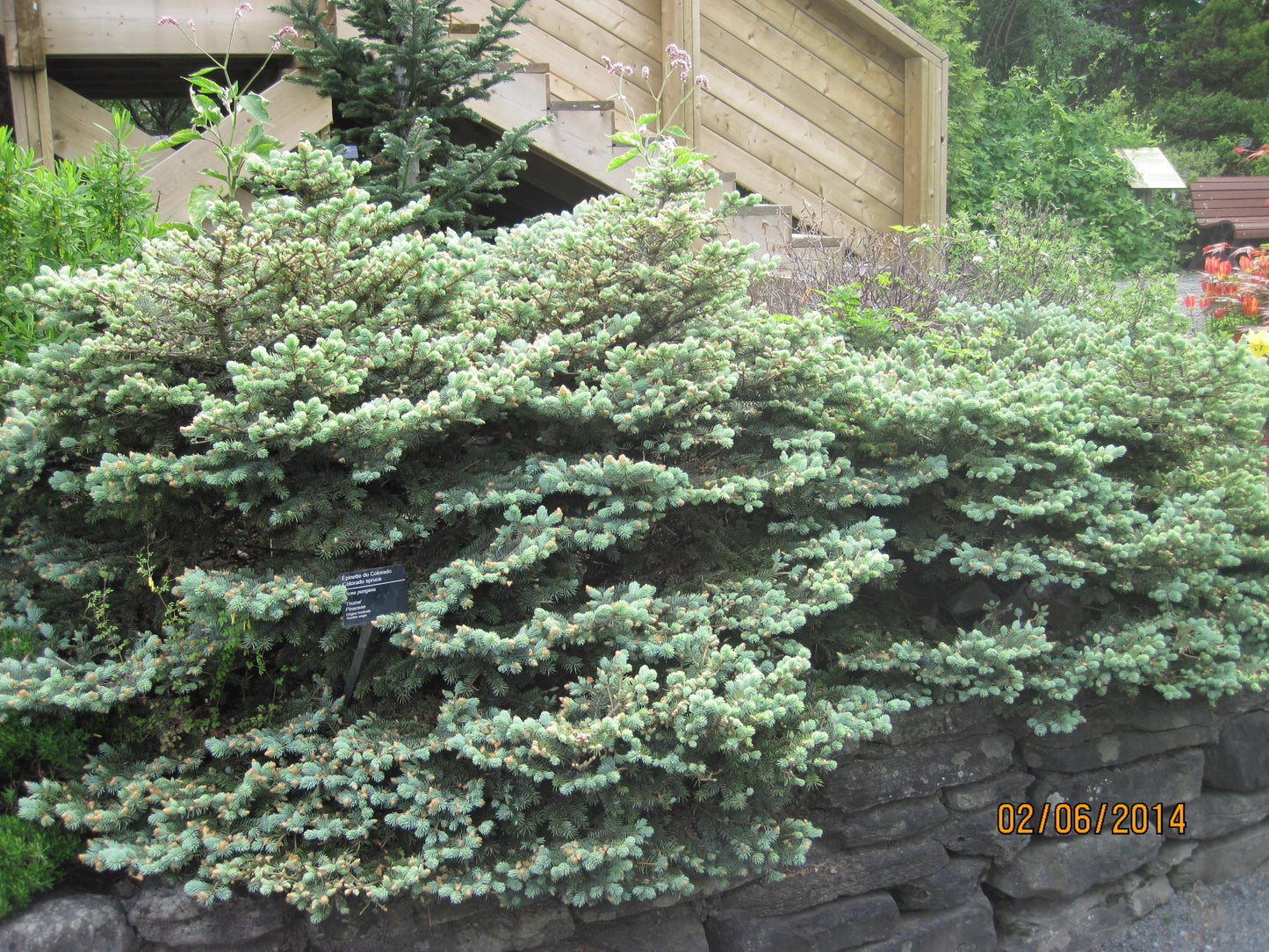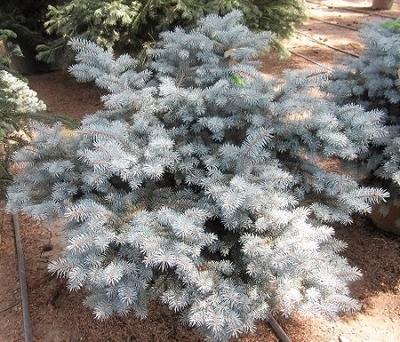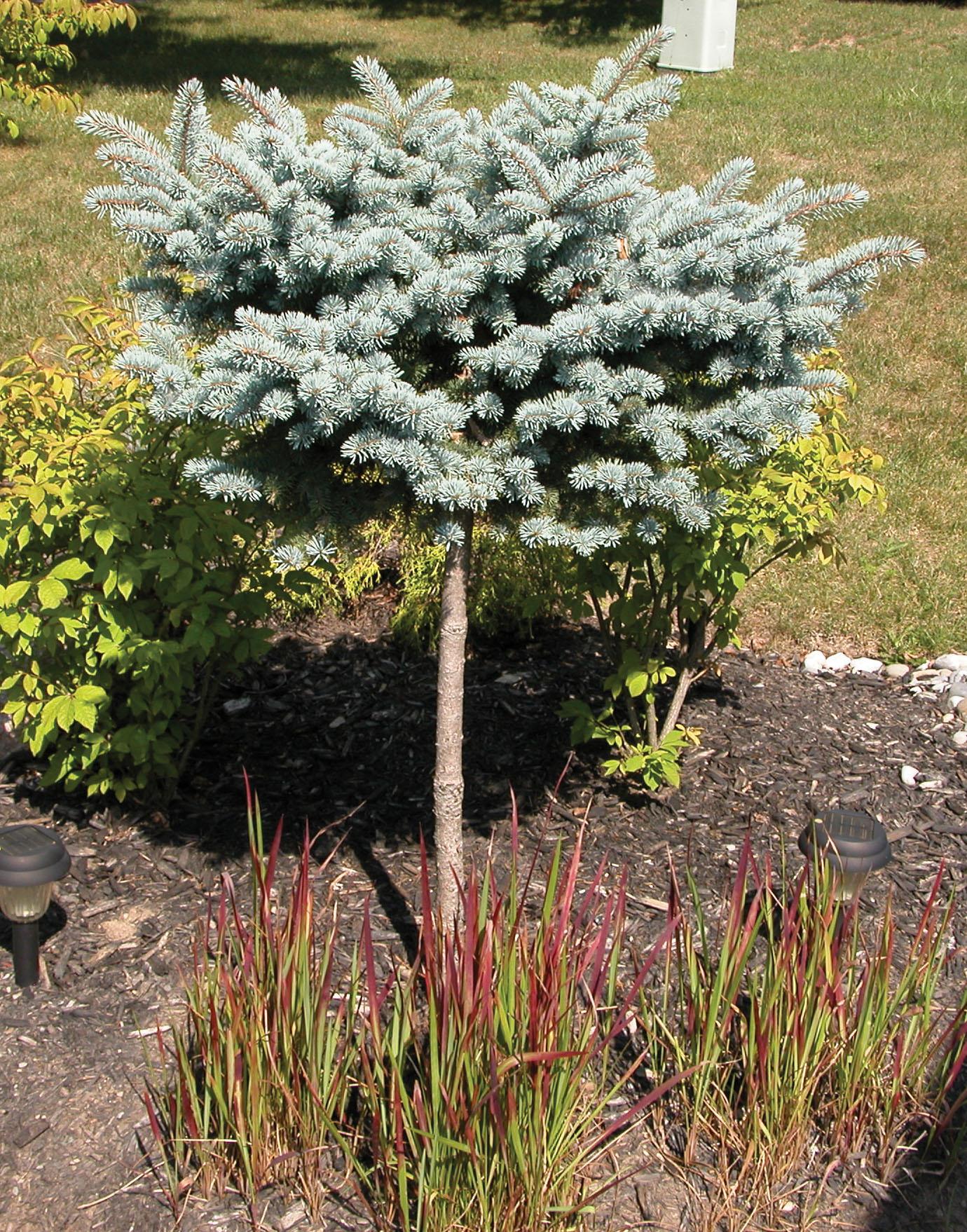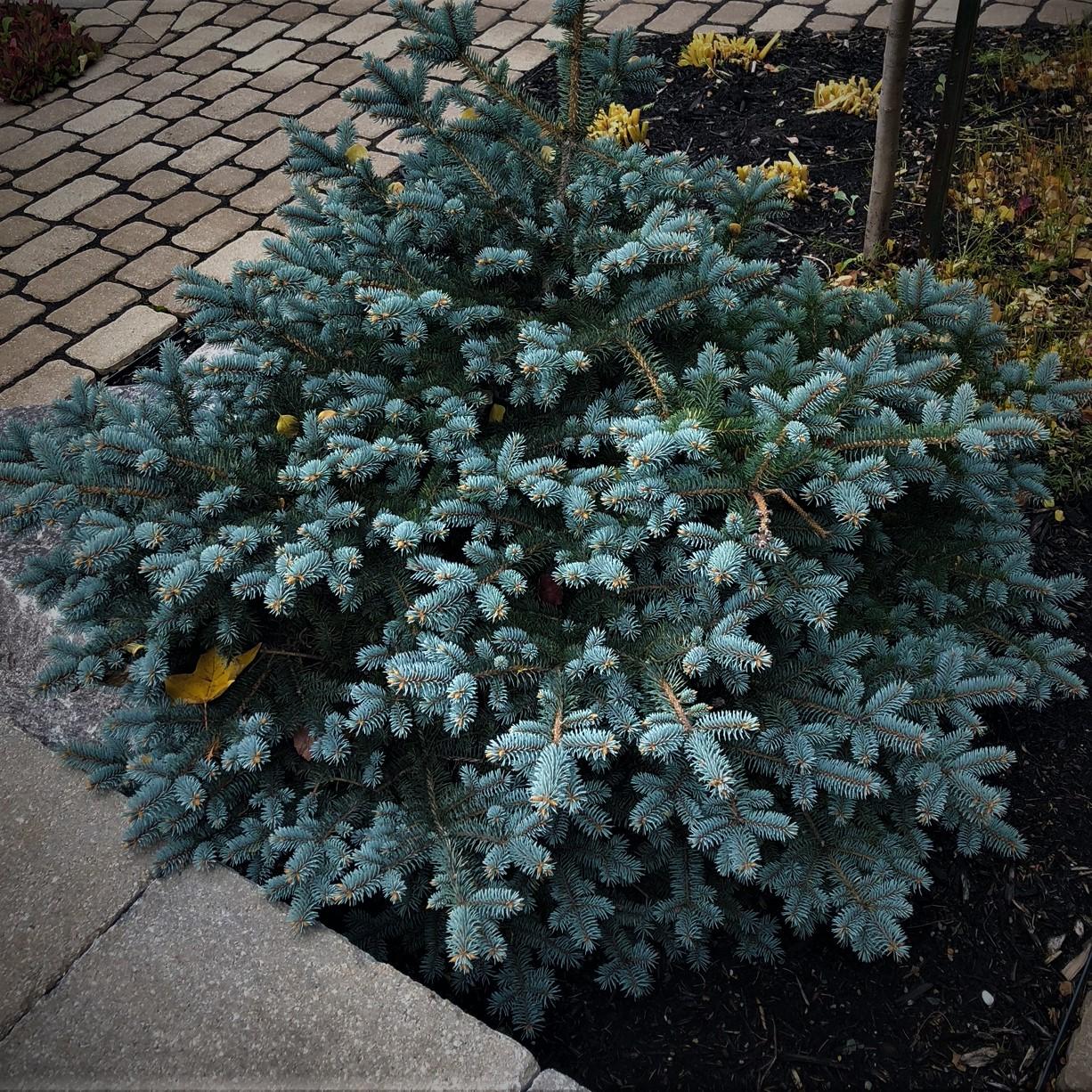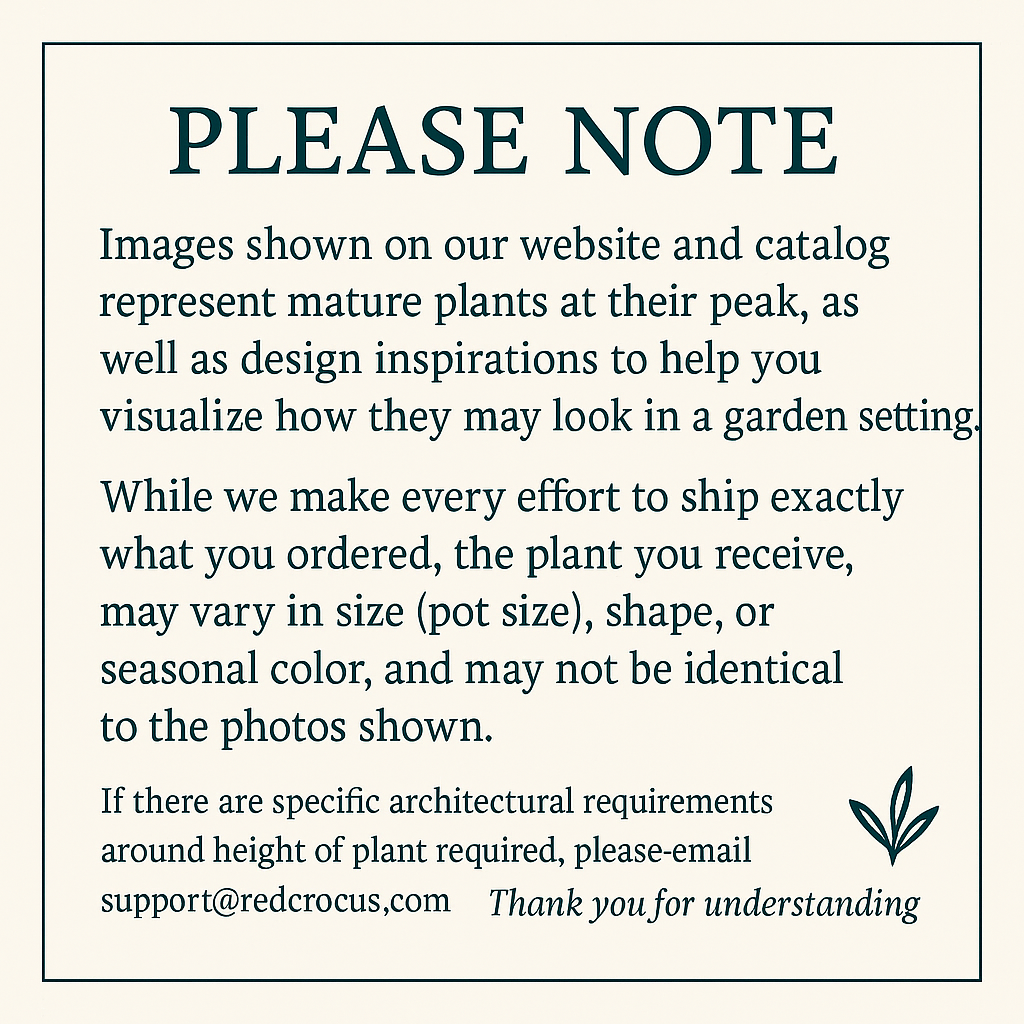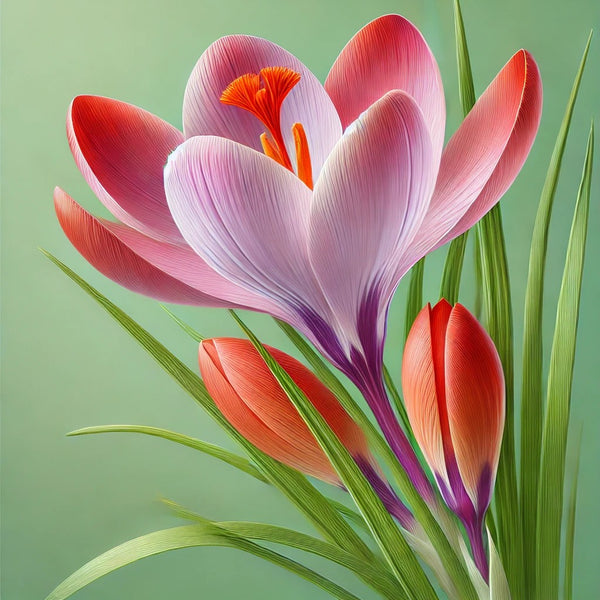1
/
of
17
Thume Colorado Blue Spruce–Dwarf Evergreen–Compact Growth Habit 3.5/4' w B&B
Thume Colorado Blue Spruce–Dwarf Evergreen–Compact Growth Habit 3.5/4' w B&B
Regular price
$1,920.00 USD
Regular price
$2,496.00 USD
Sale price
$1,920.00 USD
Unit price
/
per
Shipping calculated at checkout.
SKU:nse7096-redcrocus
Couldn't load pickup availability
Picea pungens 'Thume'
Description
Picea pungens 'Thume', commonly known as Thume' Colorado Blue Spruce, is a dwarf evergreen conifer known for its striking blue-green needles and compact growth habit. It is an excellent choice for small gardens or as a focal point in a landscape due to its unique color and form.
Suggested Uses
This plant is ideal for use in rock gardens, as a specimen plant, or in mixed borders. Its compact size makes it suitable for container planting, and it can also be used in bonsai cultivation.
Plant Details
-
 Botanical Name: Picea pungens 'Thume'
Botanical Name: Picea pungens 'Thume' -
 Common Name: Thume' Colorado Blue Spruce
Common Name: Thume' Colorado Blue Spruce -
 Size & Growth: Typically reaches 3-5 feet in height and width
Size & Growth: Typically reaches 3-5 feet in height and width -
 Hardiness Zones: 3-7
Hardiness Zones: 3-7 -
 Foliage Type: Evergreen
Foliage Type: Evergreen -
 Bloom Time: Non-flowering
Bloom Time: Non-flowering -
 Growth Rate: Slow
Growth Rate: Slow -
 Light Requirements: Full sun
Light Requirements: Full sun -
 Attracts Pollinators: No
Attracts Pollinators: No -
 Indoor Friendly: No
Indoor Friendly: No -
 Container Friendly: Yes
Container Friendly: Yes -
 Deer Resistant: Yes
Deer Resistant: Yes -
 Pet Warning: Non-toxic
Pet Warning: Non-toxic -
 Fragrant: No
Fragrant: No -
 Cut Flower: No
Cut Flower: No -
 Grows Well With: Other dwarf conifers, heathers, and ornamental grasses
Grows Well With: Other dwarf conifers, heathers, and ornamental grasses
Care Tips
-
 Planting Instructions: Plant in well-drained soil, ensuring the root ball is level with the soil surface.
Planting Instructions: Plant in well-drained soil, ensuring the root ball is level with the soil surface. -
 Soil Moisture: Keep soil consistently moist but not waterlogged.
Soil Moisture: Keep soil consistently moist but not waterlogged. -
 Soil Type: Prefers sandy or loamy soil with good drainage.
Soil Type: Prefers sandy or loamy soil with good drainage. -
 Humidity: Tolerates low humidity; avoid overly humid conditions.
Humidity: Tolerates low humidity; avoid overly humid conditions. -
 Pruning Instructions: Prune in late winter to maintain shape and remove dead or damaged branches.
Pruning Instructions: Prune in late winter to maintain shape and remove dead or damaged branches. -
 Winter Care: Mulch around the base to protect roots from extreme cold.
Winter Care: Mulch around the base to protect roots from extreme cold. -
 Planting Depth: Plant at the same depth as in the nursery container.
Planting Depth: Plant at the same depth as in the nursery container. -
 Fertilization: Fertilize in early spring with a balanced, slow-release fertilizer.
Fertilization: Fertilize in early spring with a balanced, slow-release fertilizer. -
 Special Care: Avoid planting in areas with high wind exposure to prevent needle desiccation.
Special Care: Avoid planting in areas with high wind exposure to prevent needle desiccation.
Share
